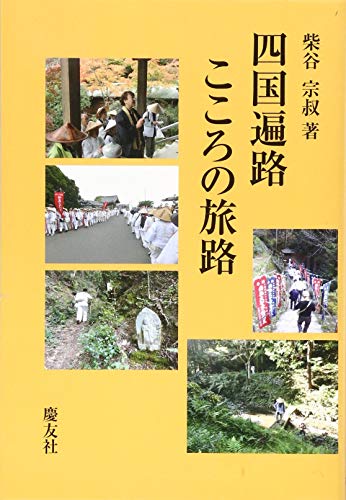3 0 0 0 四国遍路こころの旅路
2 0 0 0 OA 写し霊場と新規霊場開設の実態について
- 著者
- 柴谷 宗叔
- 出版者
- 密教研究会
- 雑誌
- 密教文化 (ISSN:02869837)
- 巻号頁・発行日
- vol.2008, no.221, pp.73-97,127, 2008-12-21 (Released:2010-03-12)
A study of pilgrimage in Japan cannot ignore the existence of nationwide local imitations of the Saikoku Thirty-three Temples Pilgrimage route and the Shikoku Eighty-eight Temples Pilgrimage route. In the late Showa era, several new pilgrimage routes concerning Fudo or Yakushi came into existence. I discovered that the periods when pilgrimage routes in Japan came into existence can be divided into four groupings: mid- to late-Edo period, after the late 1880s or 1890s (Meiji 20s), prewar Showa era, and the late 1960s (Showa 40s) to the present. All of these correspond to periods in which the Shikoku and Saikoku pilgrimage routes were successful. After considering the several Kawachi Saikoku routes in Osaka, I summarized the sequence of events in which the pilgrimage routes of Kitakawachi and Nakagawachi re-arose independently and without communication, so that there was duplication in names. I also confirmed that during and after the Edo period there were at least five groups with more than ten kinds of pilgrimage routes in imitation of the Saikoku pilgrimage in Kawachi. After studying the circumstances of newly created pilgrimage routes that are appearing in rapid succession today, I examined the existence of two shikakenin.


